
Piercing the veil
A new exhibition at Buxton Contemporary finds a rich complexity in the shadowy terrain between life and death.

Cherine Fahd, wasting time from the series Fear of 2011/2019. Courtesy the artist.

Ambera Wellmann, Pastoral 2018. Courtesy the artist; Lulu, Mexico City; and Kraupa-Tuskany Zeidler, Berlin. Private collection, Belgium. Photograph: Ramiro Chavez.
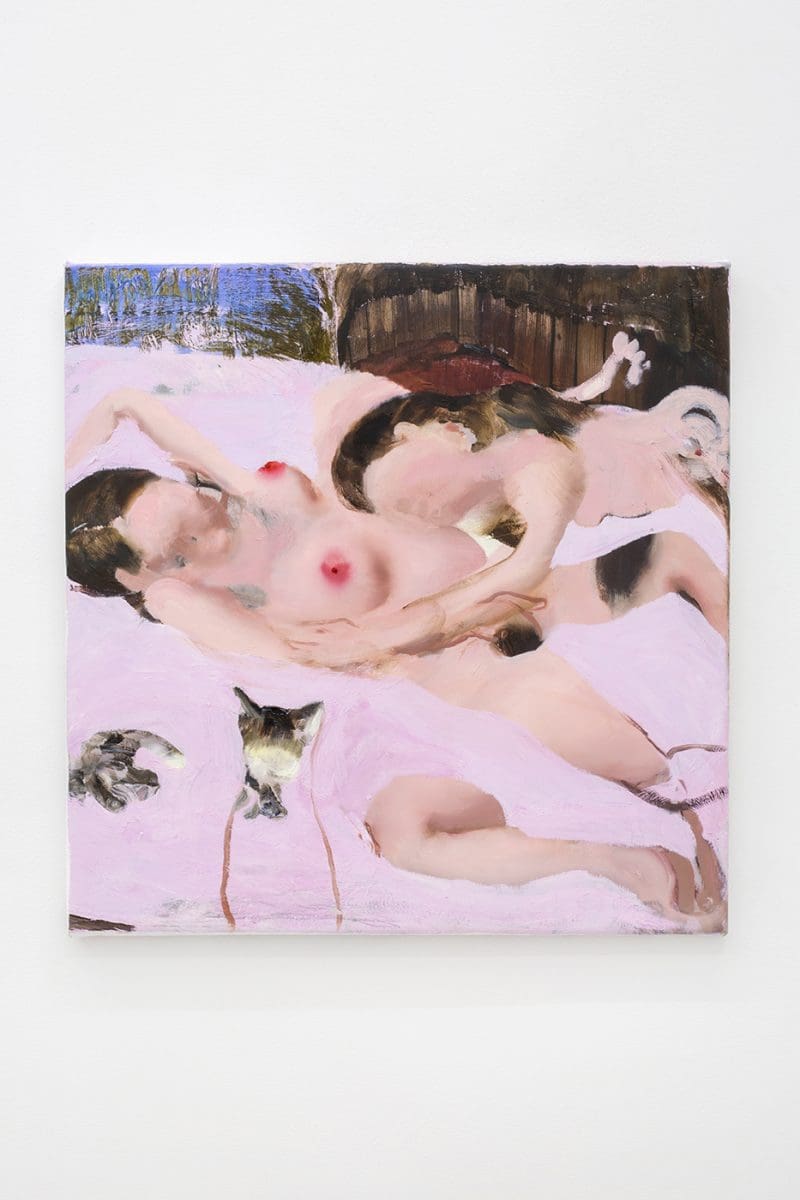
Ambera Wellmann, The subject 2019. Courtesy the artist; Lulu, Mexico City; and Kraupa-Tuskany Zeidler, Berlin. Private collection, Hong Kong. Photograph: Ramiro Chavez.
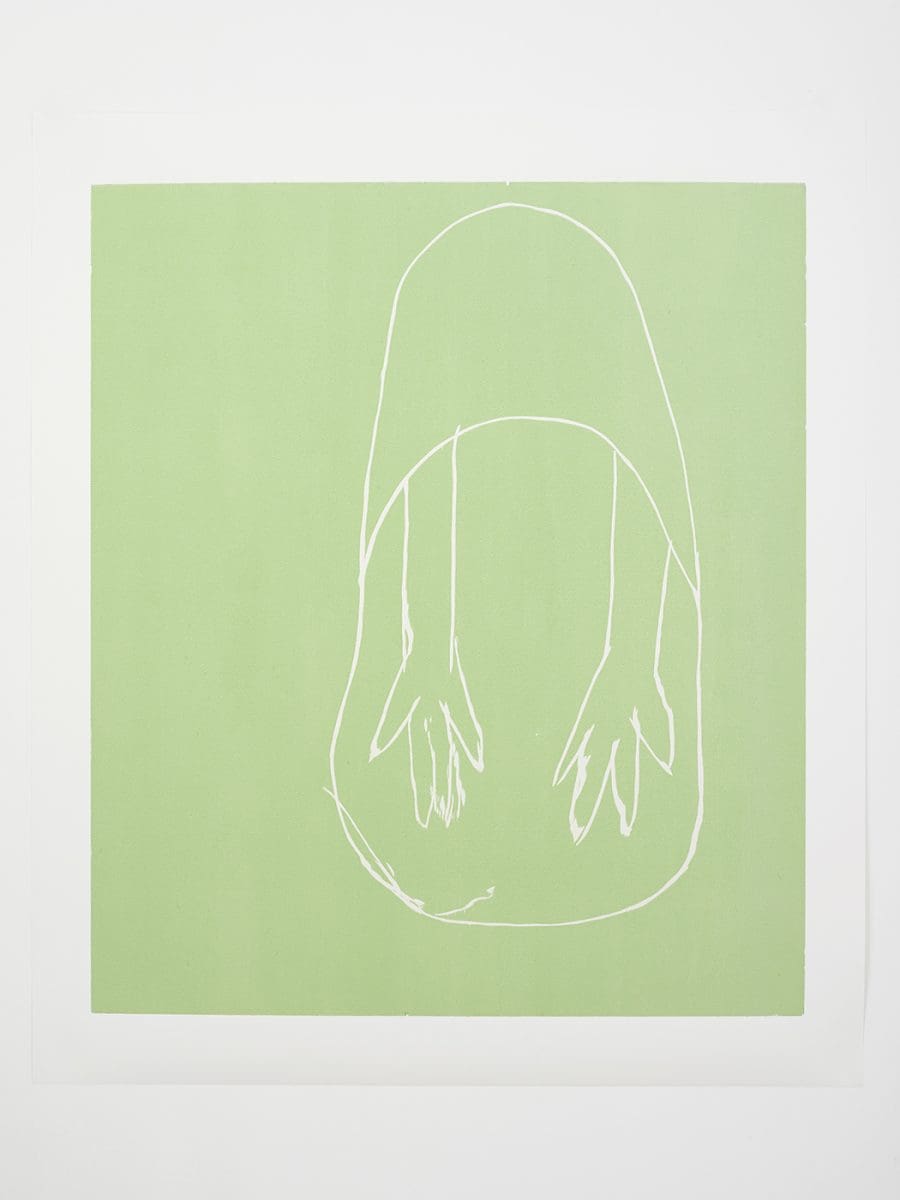
Andrea Büttner, Beggar 2019. Courtesy the artist and Hollybush Gardens, London; David Kordansky Gallery, Los Angeles; and Galerie Tschudi, Zuoz. Copyright Andrea Büttner / VG Bild-Kunst, Bonn. Photograph: Andy Keate, London.

Andrea Büttner, Beggar 2019. Courtesy the artist and Hollybush Gardens, London; David Kordansky Gallery, Los Angeles; and Galerie Tschudi, Zuoz. Copyright Andrea Büttner / VG Bild-Kunst, Bonn. Photograph: Andy Keate, London.
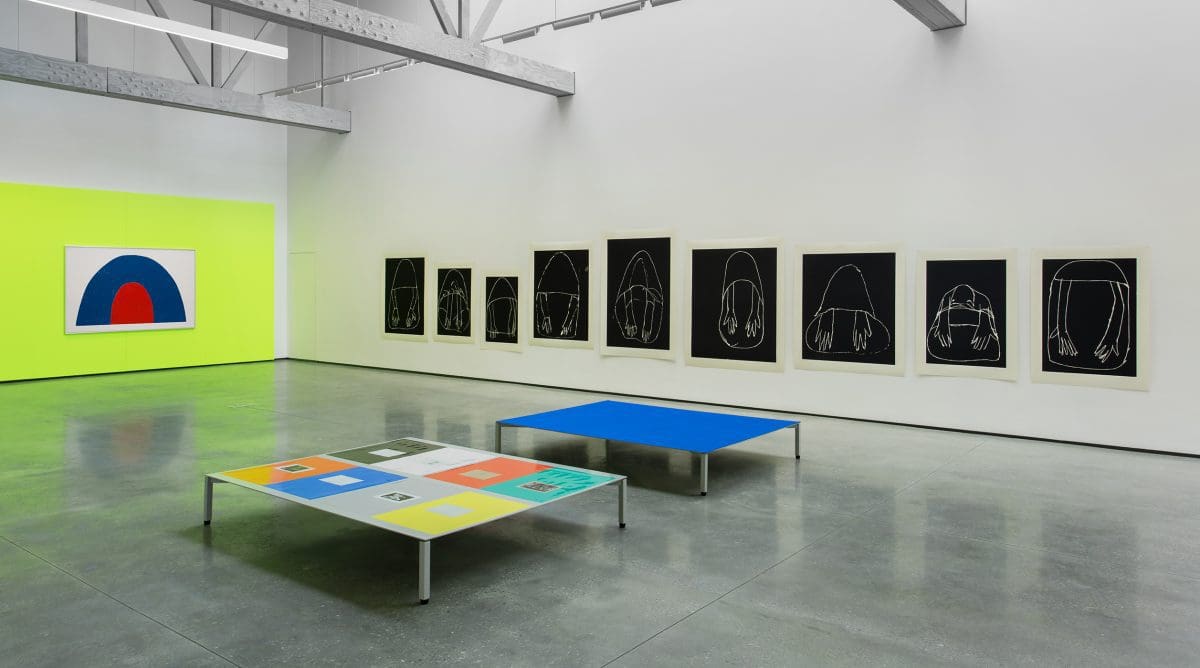
Andrea Büttner, 2016, installation view, David Kordansky Gallery, Los Angeles. Courtesy the artist and David Kordansky Gallery, Los Angeles. Photograph: Brian Forrest.

Brent Harris, Borrowed plumage #3 (noli me tangere) 2007, Courtesy the artist. Private collection, Melbourne.
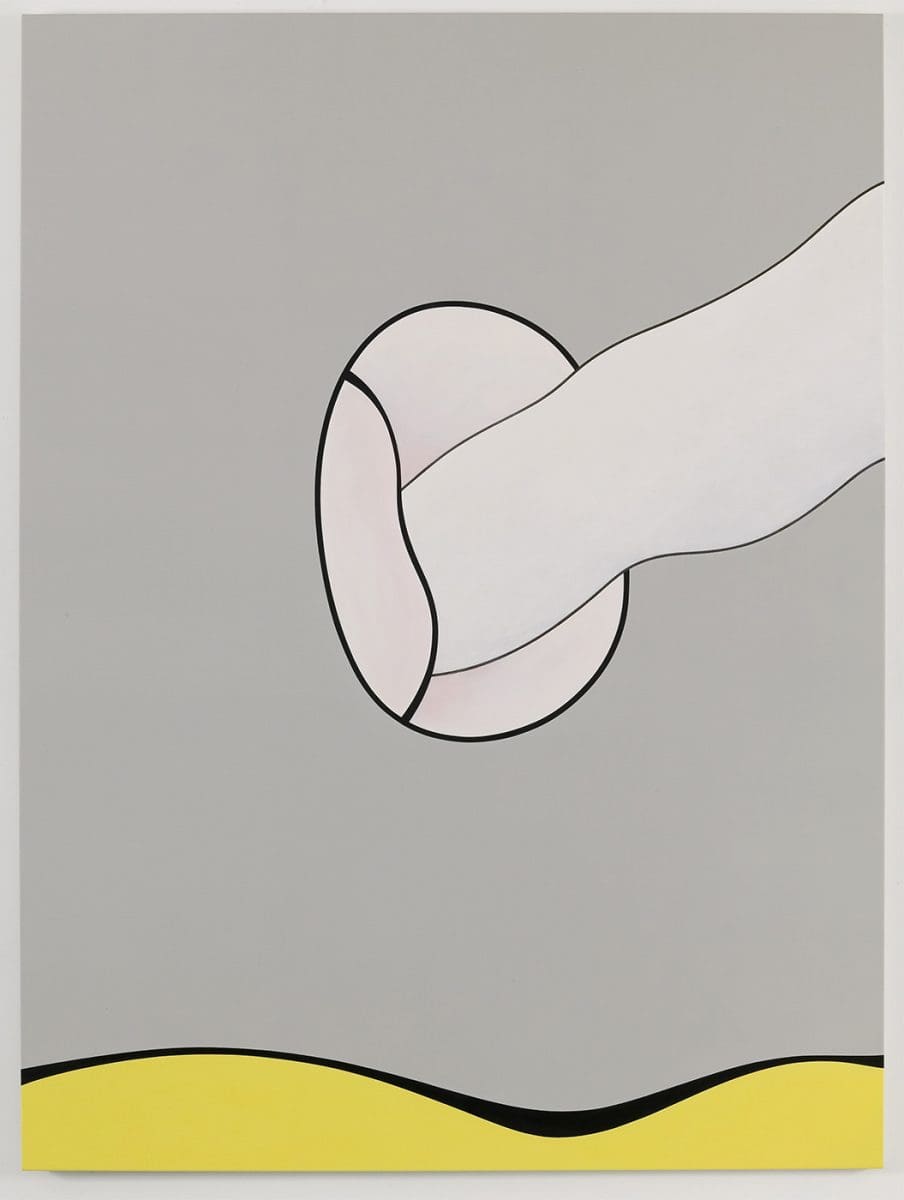
Brent Harris, Borrowed plumage #6 (doubt) 2007. Courtesy the artist. Collection of Dr Terry Wu, Melbourne.
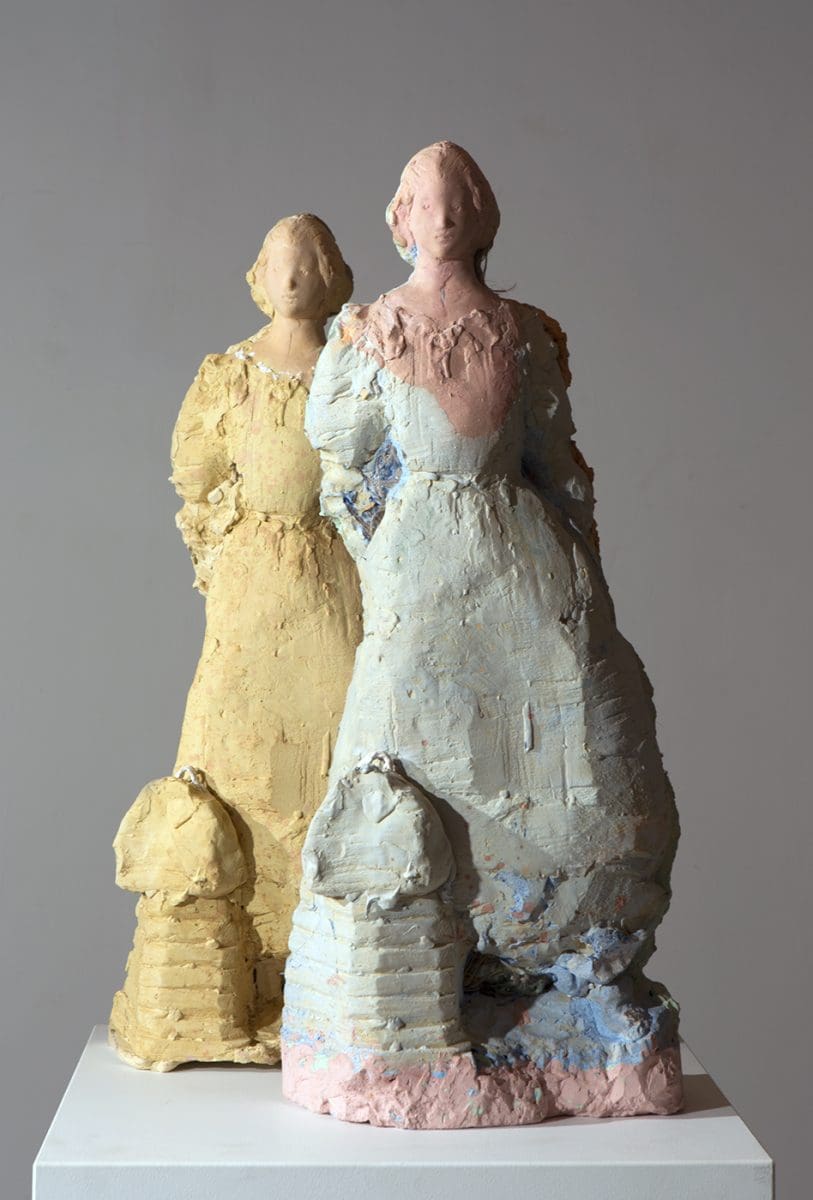
Linda Marrinon, Gainsborough’s daughters, 2016. Courtesy the artist and Roslyn Oxley9 Gallery, Sydney.
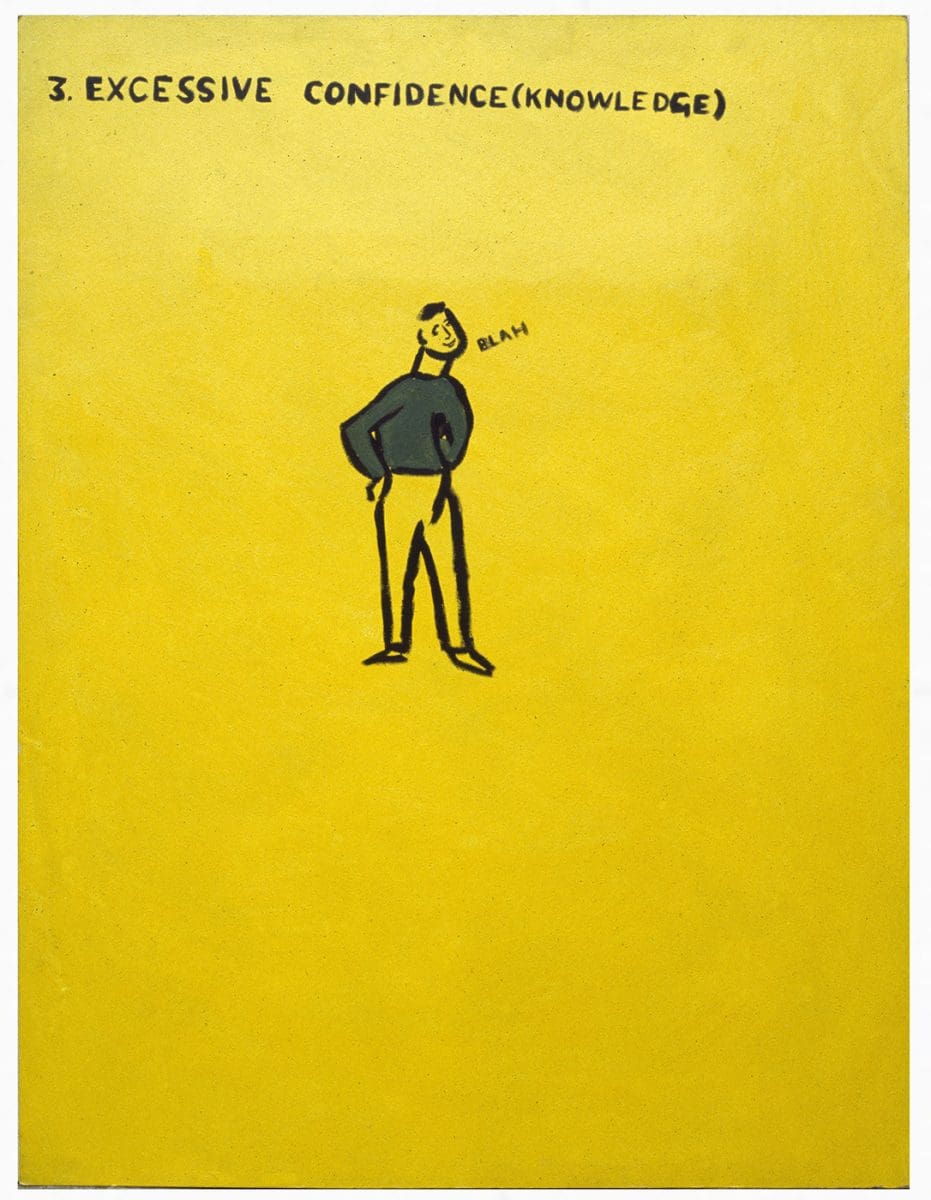
Linda Marrinon, The 4 cruelties 1982 (detail). Courtesy the artist and Roslyn Oxley9 Gallery, Sydney. Collection of the artist, Melbourne.
Certainty and strength are viewed by many as traits to aspire to. But while a strong sense of self might be marked by imperviousness, vulnerability is generative. On Vulnerability and Doubt, a group exhibition of Australian and international artists at the Australian Centre for Contemporary Art (ACCA) considers these sensibilities and a medley of related emotions such as shame, intimacy, desire, modesty and awkwardness. There is a focus on the figure but it’s often unstable and dissolving, as caricature or illusion, and the body’s peripheries – its gestures and its actions – are recorded and observed. The exhibition reflects a current trend in critical theory termed ‘affect theory’, whereby the world, and art, is not presented with narratives to be inferred, but rather as a container of moods and feelings. Yet even here, positions do tend to emerge. Max Delany, director of ACCA and curator of this exhibition, describes the exhibition as a process of “thinking about ideas of effect and sensation,” and it is “also a critique of spectacle, inflation, overblown and hypercapitalised practices and objects.” Mark making by these artists is often tentative, and palettes tend towards quietness.
Delany mentions Andrea Büttner, Tala Madani and Linda Marrinon as providing the initial nexus of the exhibition’s themes. In particular, Büttner’s ongoing series on beggars is the result of a considered study of the moral complexity of beggars and poverty within art history and society, which can be taken as a metaphor for the art world. In the German artist’s work, there is evidence of “her thinking about the economies of putting herself on display, the economies of vulnerability in doing so and the art world economies,” says Delany.
A case in point is Madani’s paintings and animations that feature bulbous pinkskinned men, often in farcical situations. “They are a humorous and critical social engagement around questions of patriarchy and authority,” says Delany. “In a way, her work is absurdist and existential, and plays with tropes of caricature and realism, and the Other.” The exhibition will also show a series of Marrinon’s early works alongside her recent figurative sculptures that she is known for, which also have humorous undertones. In the 4 cruelties (1982), reprehensible acts, such as not spaying a cat, are depicted in cartoon form.
The exhibition folds the concept of the doubting Thomas – a sceptic who doesn’t believe without direct experience – into its rationale. The original doubting Thomas was the apostle who refused to believe that Jesus was indeed resurrected until he could see and feel the wounds he received on the cross. “The doubting Thomas relates to perhaps not trusting one’s visual senses alone and wanting to put one’s finger into the body to feel the wound,” says Delany. In Brent Harris’s works it takes on existential questioning, doubled with reference to the ‘noli me tangere’ (do not touch me, or cease holding onto me) phrase from the New Testament where Mary Magdalene reaches out to touch the resurrected Jesus and he requests their link to be spiritual now instead. Two of Harris’s paintings feature Mary Magdalene, whose arm attempts to touch, in effect, an absence – a metaphor for the body’s inevitable mortality. “For me, the ‘noli me tangere’ is not so much a biblical story as an allegory of a life situation,” says Harris.
Ambera Wellmann’s works look at touch in a different form: between bodies in sexual encounters, portraying vulnerability and dissolution in these acts. On beds of swirling paint, fleshy bodies fold into each other in desire. “They’re about psychological and physical sensation, as much as they are about realistic depiction and representation,” says Delany. There are also certain pleasures within gestures in Charlie Sofo’s works – although of the everyday, almost banal kind – such as removing library books from shelves and unzipping one’s pants.
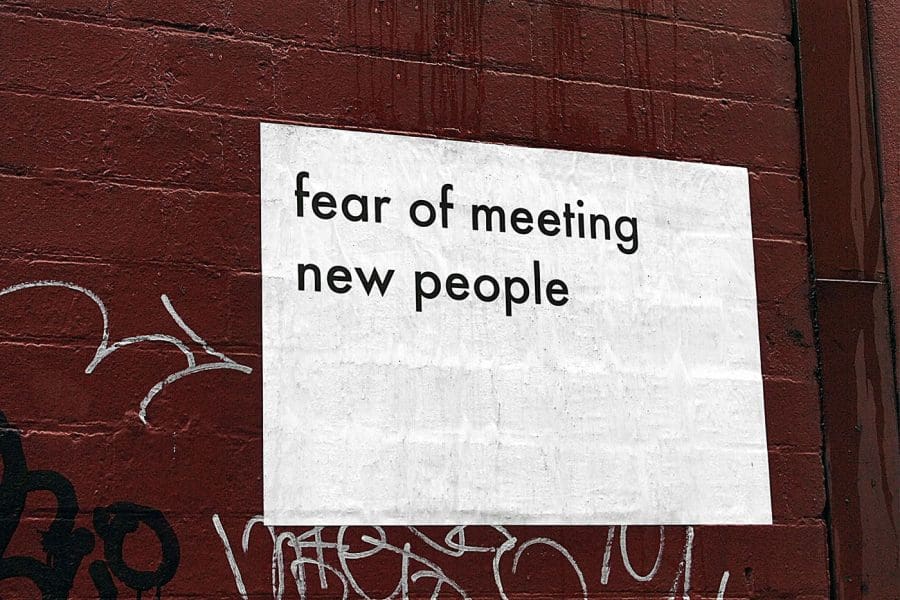
Shame is another thread running through this exhibition, appearing in Cherine Fahd’s photographs, which document a public art project in 2013 where she posted common private fears in public spaces – including ‘fear of wasting time’, ‘fear of being a bad mother’, ‘fear of dying’ and ‘fear of not being happy’. Archie Moore’s work centres on a T-shirt of his naked chest that he and others wear, bringing up questions of the naked body’s vulnerability and empathy. “It also relates to questions of doubt and scepticism around cultural identity,” says Delany. “The absurdity of categorising race according to skin colour.”
There’s a paradoxical suggestion of strength and ethics underpinning the show centred on fragility. “Vulnerability can relate to courage – the courage of putting oneself on display, the courage of opening up, the courage of being intimate or the courage required to actually live a good life,” says Delany. “It can be considered an ethical position. One of truth and intimacy and doubt, and the existential questions we all might have.”
On Vulnerability and Doubt
Australia Centre for Contemporary Art
29 June—1 September
This article was originally published in the July/August print edition of Art Guide Australia.